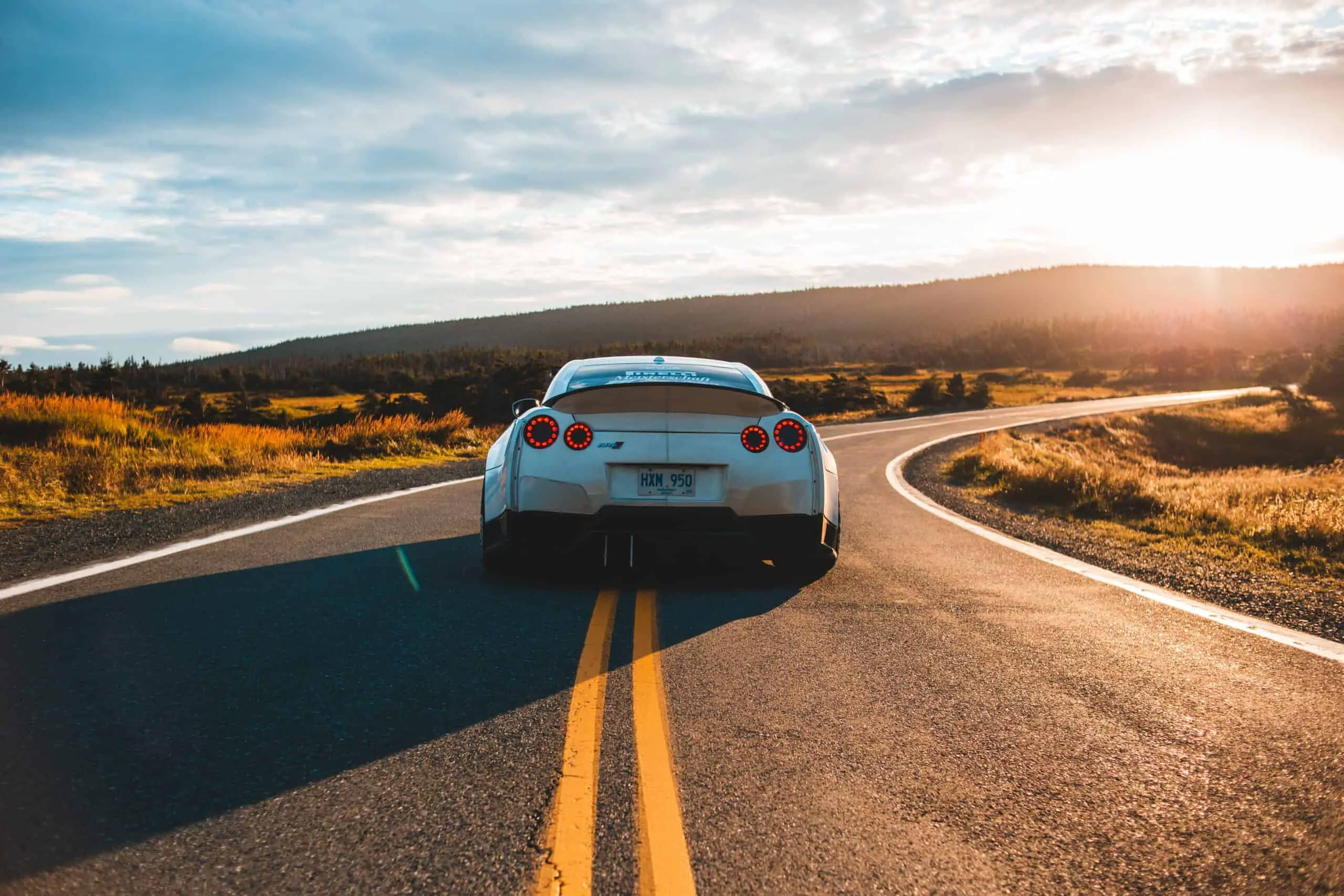The myths and misconceptions surrounding the treatment of a car after a long journey can dampen your excitement about that road trip you’ve been looking forward to. However, before you cancel that drive, allow me to clear up some fallacies about switching off your car after a long drive.
You shouldn’t idle a modern car after a long drive, as the engine’s cooling systems remain active after switching the car off. You should idle older and turbo-charged vehicles after a long journey, as the engine must remain running to cool the engine.
Below, I’ll explain the link between different car cooling systems and the need for idling after a long journey. By the end, you should better understand whether your car needs idling after a long trip.
How Idling After a Long Drive Affects Car Engines
A car idles when the engine runs, but the vehicle remains stationary. Most vehicle functions remain active, and the engine runs at lower RPMs, burning less fuel and generating less heat than it would with your foot pressed on the accelerator.
Idling mostly happens in towns and cities littered with traffic lights and plagued with traffic jams. This ‘subconscious’ idling often occurs because the driver has no choice – when the traffic light goes red, you stop and idle until it goes green, or you run the light and incur a traffic violation.
However, after arriving at your destination on the back of a long drive, you have no obligation to idle—that is, unless your car has an older or turbo-charged engine.
Modern Engines Continue Cooling After Switching Off
After driving for a long journey, your car’s engine will likely be running hotter than usual. The temptation would be to idle your vehicle for a while to allow the engine to cool.
However, idling isn’t necessary to cool modern car engines with clever electrical systems. The car’s onboard computer will keep the cooling system running for a few minutes after switching off the car.
After the engine cools to a specific temperature, the engine switches the cooling system off to conserve electricity.
Furthermore, car manufacturers test their engines in extreme conditions to guarantee they can tolerate extremely high or low temperatures. Therefore, you needn’t worry about idling your modern car after a long drive, even if you were just traveling through desert-like heat.
The car’s cooling system will remain on for a short while after turning the ignition off to cool the motor gradually.
Older Engines Need Idling To Cool
In older engines, you may find the car’s water pump or fan connected to the crankshaft. Therefore, the engine must remain active to keep such a car’s cooling system running.
After a long drive, the engine might have spots that need cooling to preserve its efficiency or prevent long-term damage to some parts. If you turn an older engine off before these parts cool, you risk damaging it or drastically impacting its longevity.
Therefore, if your car has an older engine, it’s safer to let it idle after a long drive. It allows the coolant to keep circulating and the fan to stay on long enough to cool the engine.
Turbo-Charged Engines May Need Idling To Cool

Motor racing enthusiasts know that after a race, vehicles trundle around the track at lower speeds for a short period. They do this for various reasons, including cooling. Most of these cars have turbos that require significant cooling before the vehicle switches off.
A turbocharger uses hot exhaust gasses to spin a turbine, forcing more air into the engine’s combustion chamber, improving performance, and increasing heat. Therefore, turbo-charged engines run hotter and deliver power better than naturally aspirated engines.
Some turbos release heat through the oil running through them. Therefore, you should leave the engine on for a few minutes to allow the oil to cool the turbocharger.
If you switch the engine off before the turbo cools, the heat causes the formation of carbon deposits that obstruct the turbo’s cooling lines, which may cause premature failure. Oil may also carry the deposits to other engine parts, leading to worse failures.
It’s also a good idea to let older diesel engines cool after a long journey, considering that most of them have turbochargers. As the oil cools the turbo, the diesel running through the engine carries heat away from the cylinders.
If you plan to run your turbo-charged car hard, you should consider getting a turbo timer. This device keeps the turbo engine running for a few minutes after you’ve turned the engine off. The oil keeps circulating, cooling down the turbochargers.
Monitor Your Car’s Temperature During the Journey
Engine temperature is crucial to the running of your car and the longevity of your engine. Therefore, it is vital that you keep a close eye on your car’s temperature during a long journey.
The temperature gauge on your vehicle measures the temperature of the coolant. At optimum running, the temperature gauge sits between hot and cold.
You should be concerned if the indicator starts deviating towards high; this often means the car is overheating. It may be overheating due to a coolant leak, a water pump failure, or a broken thermostat.
Once you notice the car overheating, pull over and switch the car off. Idling isn’t a solution to overheating; rather, the problem results from a cooling system fault.
Open the hood and let the engine cool. You shouldn’t drive an overheating vehicle, so the best choice is to call for a tow service to transport your car to the mechanic.
However, you can usually get away with a short drive to a repair shop.
Conclusion
Thanks to the wonders of technology, you don’t need to idle your modern car after a long drive. The car’s system will keep the cooling system running until the engine cools to a specific temperature.
However, classic car and turbo enthusiasts should idle their cars after long journeys. The cooling systems in older and turbo engines are linked to the crankshaft; therefore, they shut down once the engine stops.
To ensure sufficient cooling of your classic or turbo-charged car, let it idle for a few minutes after a long drive.
Sources
- MotorBiscuit: What Does Idling Mean?
- AutoDeal: Is it bad to turn off the car’s engine immediately after parking?
- Quora: Should you leave the car engine in idle for a while before turning it off after a long drive?
- Torque: Turbo timer: Does my turbocharged car need one?
- Your Mechanic: 3 Essential Things to Know About Your Car’s Temperature Gauge



